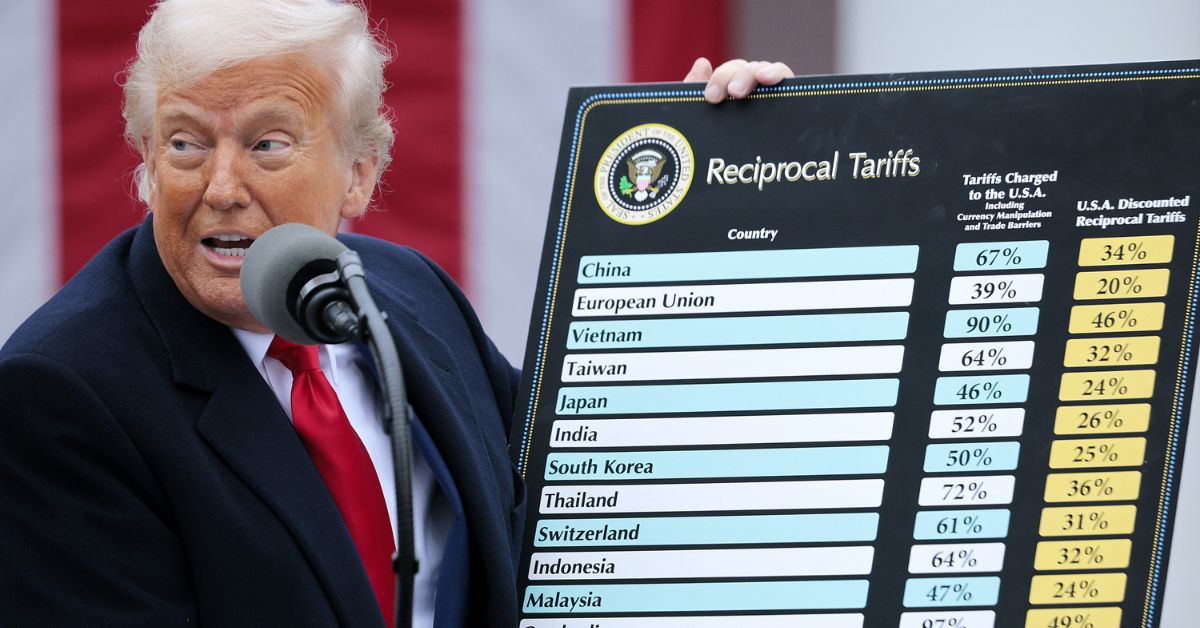According to Moody’s Ratings, India may be more appealing to foreign investors due to lower US tariffs than many other Asia Pacific (APAC) nations. The ratings agency claims that these reduced tariffs make it more affordable to export goods from India, which might contribute to the nation’s development into a significant hub for global manufacturing. The research also noted that India’s manufacturing aspirations may be further supported by the May signing of a free trade agreement (FTA) with the UK and the ongoing discussions for an FTA with the European Union. Moody’s warned, nevertheless, that the extent of India’s gains may be constrained by US efforts to re-shore a few manufacturing industries.
“In contrast to countries like Cambodia and Vietnam, India has the potential to emerge as a beneficiary of a tariff-driven shift in investment and trade flows. India may be subject to lower tariffs than many in APAC, which could help the economy attract further investment flows and support its development as a global manufacturing base,” the agency noted.
The US imposed a 26% reciprocal tariff on Indian goods but has suspended it for 90 days. However, the baseline 10% tariff on Indian exports remains in effect. India is currently seeking a full exemption from the additional 26% levy.
Moody’s observed that several APAC economies have gained from the diversification of manufacturing and investment away from China over the past decade. However, the broad scope of the new tariffs announced in April has changed the geopolitical dynamics for many of these countries, complicating the global supply chain balance.
Cambodia and Vietnam—two key beneficiaries of China’s manufacturing shift—were hit with some of the highest tariff rates globally. The US imposed a 49% tariff on Cambodian goods in April, later reduced to 10% during a 90-day pause. A reversion to higher tariffs could reduce investment inflows, weaken competitiveness, and slow diversification beyond the garment sector. Similarly, Vietnam faced a 46% tariff in April, which was also reduced to 10% temporarily as part of the same pause.
Moody also mentioned that given the weaker economic outlook, it expects the interest rate environment across APAC and globally to become more accommodative in the second half of 2025.









